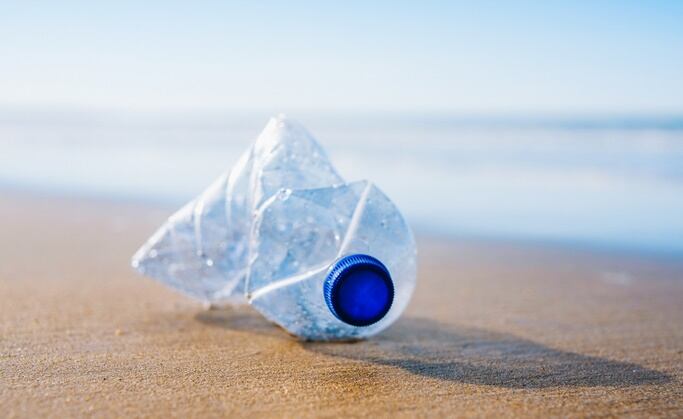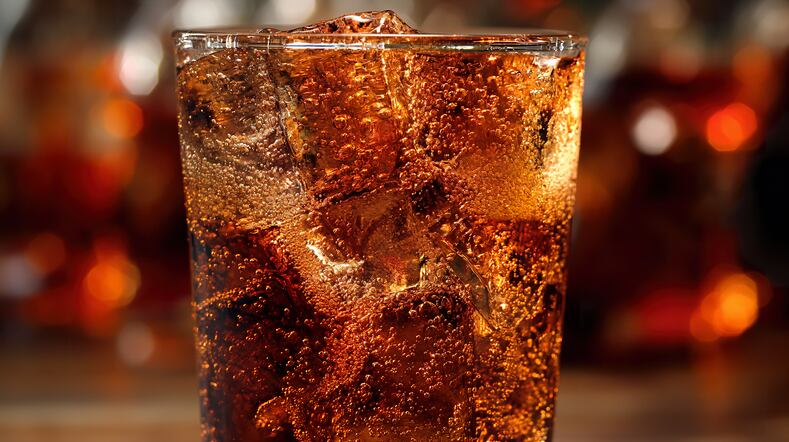Coca-Cola’s plastic use is set to rise nearly 40% between 2018 and 2030, according to Oceana. And what’s more, the soft drink giant has walked away from the opportunity to use alternative packaging formats and stuck with plastic, claims the organization.
Oceana’s estimates The Coca-Cola Company’s plastic use is set to exceed 4.1 million metric tons (9.1 billion pounds) per year by 2030 if the company does not change its practices. And 602,000 metric tons of that is expected to enter the world’s waterways and oceans per year. That amount of plastic could fill the stomachs of more than 18 million blue whales.
That’s not all. Coca-Cola’s portfolio currently uses around 10.2% reusable packaging. If the company was to boost that to 26.4% reusable packaging by 2030, the company could ‘bend its plastic curve’ and actually reduce its annual plastic use.
But Coca-Cola communicated in December it had walked away from its goal to make 25% of its packaging reusable (Instead, its placed more use on recycled content and collecting single-use bottles for recycling).
It’s not that simple, says Coca-Cola
In 2022, Coca-Cola made an announcement. It was going to ensure that at least 25% of its beverages sold globally would be sold in refillable or returnable packaging by 2030, upping this from the 16% at the time.
But in December, it published its revised environmental goals, where it highlighted the ‘complex challenges’ involved with sustainability.
Here, it ‘quietly dropped’ its previously stated 25% reusable packaging target. Its goals are now to use 35% to 40% recycled material in primary packaging (whether plastic, glass or aluminum), including increasing recycled plastic use to 30% to 35% globally.
It also wants to ensure 70% to 75% of bottles and cans it produces are collected (or the equivalent number to this).
Coca-Cola’s packaging spans glass bottles, plastic bottles, aluminum cans and refillable packaging, a spokesperson told us.
“Our efforts are focused on using more recycled material in our primary packaging and supporting collection rates, both of which require enabling policies and the growth of collection infrastructure,” the spokesperson said.
“Along with our bottling partners and suppliers, we have invested in the establishment of many new producers of recycled plastic using empty packages to create new ones, including establishing the first or largest bottle-to-bottle facilities in the market.
“We continue to invest in refillable packaging, which is available in over a hundred markets and accounted for a third of our growth in 2024. We added 1.6 billion unit cases of returnable glass bottlers in 2024 to total company volume performance, with a growth rate that outpaced total company volume growth. The company’s universal returnable glass bottle, launched in Latin America, has quickly expanded to markets around the world, including Germany, South Africa and Vietnam, with more opportunities ahead. We have been investing and remain committed to expand our refillable packaging options, and this work will continue as part of our consumer-centric strategy.”
The company also continues to support a Global Plastic Treaty through the Business Coalition for a Global Plastic Treaty (which funds collection systems and sets targets on recyclability, recycled content and collection).
“We know more must be done,” said the spokesperson. “Through collaboration with local and global partners, we will continue to explore new collection models or improve existing ones, invest in local infrastructure and engage with policymakers.”
Wrong focus?
But Oceana’s Senior Vice President Matt Littlejohn says Coca-Cola has got it wrong.
“The Coca-Cola Company should focus its efforts on addressing its plastic problem (and reducing its enormous and growing plastic footprint) rather than doubling down on more single use-plastic and recycling,” he said.
“Single-use plastic bottles made with recycled content are still thrown away and can still become marine pollution. And, because Coca-Cola is a beverage company (and not a waste management company), it has a limited ability to improve national collection rates.
“The good news is that the company has a proven way to reduce its plastic footprint – by prioritizing reusable packaging. Reusable bottles, according to a recent company earnings release, are also good for business.”


